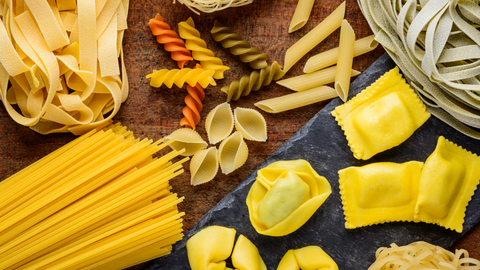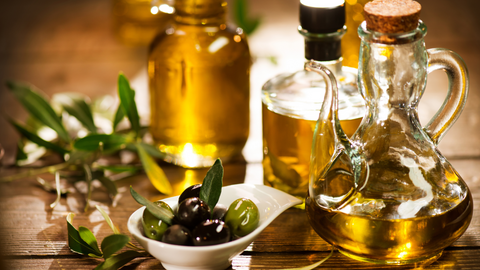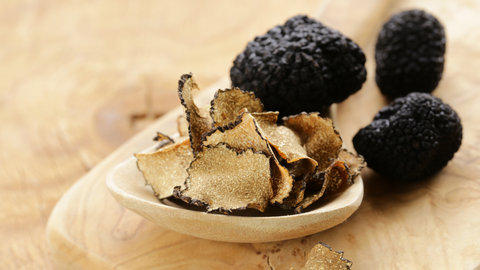Pasta, a culinary canvas with endless possibilities, comes in two distinct forms – fresh and dry. In this article, we'll unravel the nuances that set these pasta types apart, examining their ingredients, textures, and ideal pairings. Join us on a flavorful journey as we explore the world of fresh and dry pasta.
Fresh Pasta
Fresh pasta is a decadent blend of simple ingredients – eggs and flour. This combination imparts a luxurious texture and a rich flavor to the pasta, making it a favorite among connoisseurs.
Imagine the tender bite of fresh fettuccine or the delicate twirl of tagliatelle. Fresh pasta offers a melt-in-your-mouth experience, with a subtle eggy flavor that enhances the overall dish.
Examples of dishes made with fresh pastas are:
- Fettuccine Alfredo: Silky strands of fresh fettuccine luxuriously coated in a creamy Alfredo sauce.
- Tagliatelle Bolognese: Ribbons of fresh tagliatelle cradle a rich Bolognese sauce, creating a harmonious blend of flavors.
Dry Pasta
Dry pasta, a pantry staple, is typically crafted from durum wheat semolina and water. The absence of eggs gives it a resilient texture, making it versatile for various sauces and preparations. Dry pasta boasts a firm and satisfying texture, providing the perfect canvas for a variety of sauces. Its neutral flavor complements both hearty meat-based ragù and light, fresh tomato sauces.
Examples of dishes made with dry pastas are:
- Spaghetti Bolognese: The classic pairing of hearty Bolognese sauce with the resilient texture of dry spaghetti.
- Penne all'Arrabbiata: Tubular penne pasta holding the spicy kick of Arrabbiata sauce, showcasing the versatility of dry pasta.
Choosing the Right Pasta for Your Dish
Consider whether you're aiming for the luxurious experience of fresh pasta, requiring more effort but yielding unparalleled results, or the convenience and durability of dry pasta.
Don’t forget to match your pasta to the sauce – fresh pasta for creamy and delicate sauces, dry pasta for versatility with a wide range of flavors.
You should also evaluate your available time. Fresh pasta demands hands-on preparation, while dry pasta offers a quick and efficient solution for busy schedules.
As you embark on your pasta adventure, armed with the knowledge of fresh and dry pasta distinctions, let your creativity flourish. Whether it's the delicate elegance of fresh pasta or the reliable versatility of dry pasta, each variety brings its own unique charm to the table. Explore, experiment, and savor the diverse world of pasta possibilities.
Check out our pasta section on our website: we have any kind and shape or pasta you could ever want!



